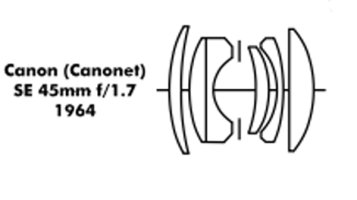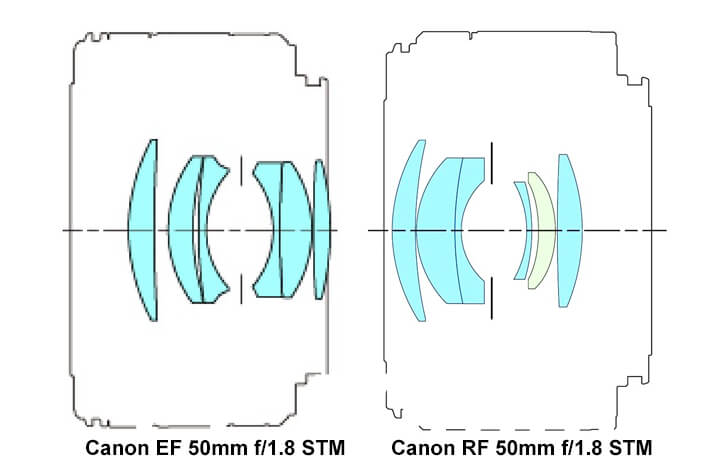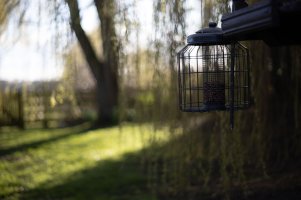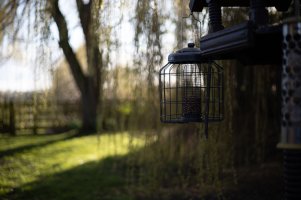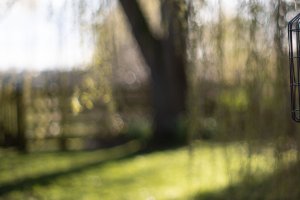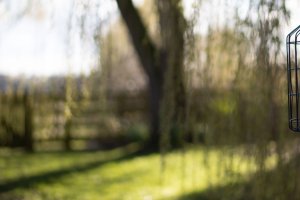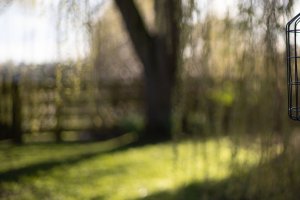The classic 50 f1.8 optical formula is as old as the hills, and has been applied to/reused in multiple generations and iterations of this lowest-cost prime lens in the EF series, including the post-digital age. You could say, it is "well proven", and is probably VERY cost effective to produce.

Therefore, the low-cost option for a native RF mount version would have stopped at shifting the optics out, and fixing up the mount.
Canon didn't do that. Instead, here there is clear evidence of substantial work on the optical formula. That bodes well for improvement in the output, including both the image quality (aberrations, vignetting) at the edges, probably overall color/contrast, and I would guess minimum focus distance as well. (how many folks have inverted a 50 f1.8 to create an "instant" macro lens?)
In the end, I'm excited to see what this baby can do.

